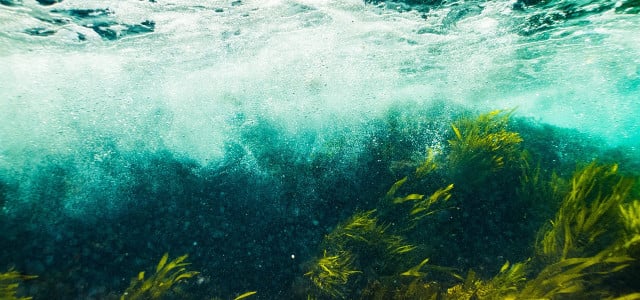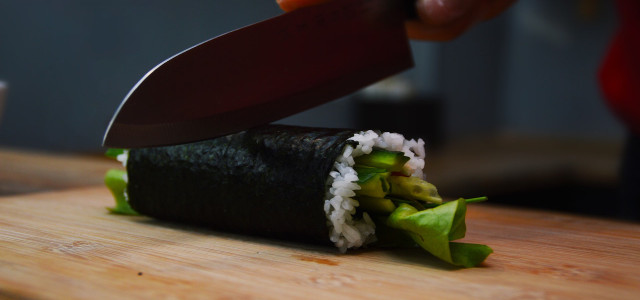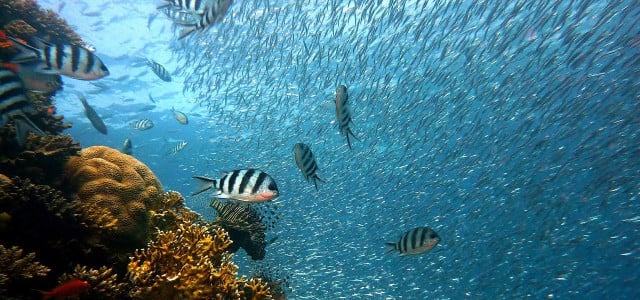Seaweed farming is growing in popularity and being adopted in regions worldwide. Read on to learn about seaweed farming’s environmental impact.
Seaweed farming is one of the fastest-growing forms of aquaculture. While China is the top producer of farmed seaweed — the region has cultivated seaweed for about 1,700 years — it is grown and gathered worldwide.
In recent years, seaweed farming has seen a boom. This is largely due to rising awareness of its many health and environmental benefits. In the US, a number of farms are taking up the practice on the coasts of New England, and along the Atlantic from California all the way up to Alaska.
Keep reading to learn more about seaweed farming and why some consider it a miracle crop.
What Is Seaweed Used For?

Seaweed is primarily known for its use in East Asian cuisine. It has a characteristic salty umami quality that many know and love and is commonly used in sushi, sauces, salads and seasonings. Certain edible varieties have also been shown to contain essential nutrients like omega-3 fatty acids, amino acids and more, making them a healthful food to incorporate into a sustainable diet.
Macroalgae has non-culinary uses as well. Its natural active components make it a popular addition to cosmetics, for example, as it can be used as an antioxidant and an antibacterial whitening agent. It also boasts anti-aging, anti-acne and moisturizing properties.
It makes a great broad-spectrum fertilizer because it’s rich in trace minerals and hormones which stimulate plant growth. It’s also rich in carbohydrates essential for growing plants and is low in cellulose, so it breaks down easily. It also has a long history of being used in livestock feed because some seaweed types have high protein.
Furthermore, seaweed is used in pharmaceuticals for products from wound dressings and dental molds to applications in medicines. Many macroalgae varieties are used in the manufacturing of pharmaceuticals because of their gelling and thickening qualities. Moreover, certain seaweed types have been applied in medicine after being found to have compounds that prevent certain viral infections.
How Seaweed Farming Works
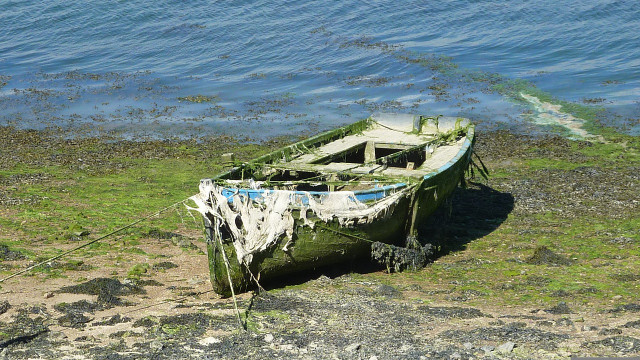


Seaweed farms use vertical or 3D farming and can culminate large harvests from small areas. These farms can be set up on small sites in underwater gardens using entire columns to maximize space and grow as much seaweed as possible. With this technique, seaweed is grown on longlines erected about four to eight feet below the water surface throughout the winter. The seaweed grasses will then reach 10 feet or more before spring harvests.
Because algae grows in the winter, it doesn’t interfere with summer recreational activities or shellfish and fish farming which take place in the summer. An imperative point to consider for seaweed farming is to always grow seaweed species which are native to the water as some seaweeds are uncontrollably invasive.
How Seaweed Farms Decrease Ocean Acidification and Dead Zones
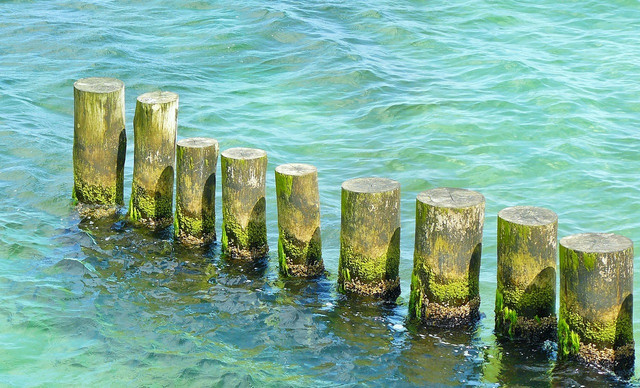


Seaweed is one of the few crops that has a positive environmental impact. To grow, it absorbs nutrients and carbon dioxide. Because of this, seaweed farms can help improve water quality and mitigate the effects of ocean acidification in the surrounding waters. Ocean acidification refers to the decrease in ocean pH levels caused by increased carbon dioxide in the atmosphere from burning fossil fuels.
Ocean acidification is sometimes referred to as “osteoporosis of the sea.” It is dangerous because it changes the fundamental chemical balance of oceans and coastal waters, disrupting previously stable areas. This phenomenon needs further study, but we already know it can be detrimental to shellfish, coral reefs, some seaweed plants and other marine life.
Kelp absorbs nutrients like nitrogen and phosphorus, which is also helpful to the environment. In large quantities, these substances cause algae blooms. That happens when the overgrowth of algae threatens other underwater plants because the algae consume oxygen and block sunlight. When the algae die, oxygen in the water is consumed and decreases, making it impossible for aquatic life to live and leading to dead zones.
Too much nitrogen and phosphorus from stormwater runoff and point sources are to blame for the dead zones in the Gulf of Mexico and the Chesapeake Bay. Seaweed farms can contribute to the reduction of these nutrient levels in surrounding waters, thus reducing the risk of dead zones.
Potential Dangers
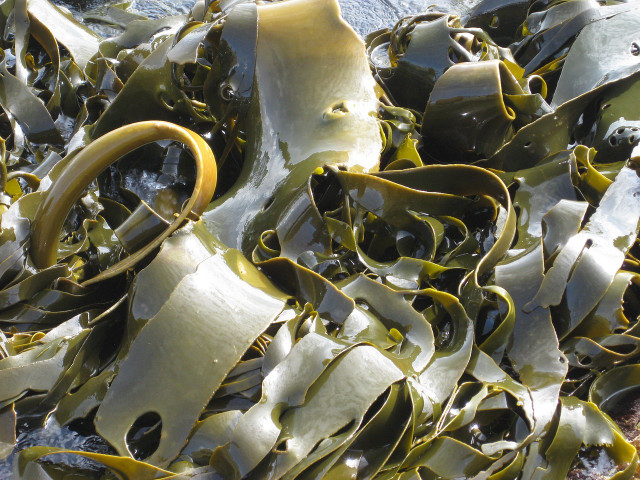


Seaweed farms may threaten benthic habitats — the sea floor — due to loss and damage caused by equipment like anchors used to construct or manage underwater farms. These farms may also pose a risk to other marine wildlife, especially larger animals, that can get caught in the lines used to grow macroalgae. To avoid this, seaweed farms should avoid important routes used by animals for migration.
Other concerns surround how seaweed farming could alter the ecosystem diversity in the coastal regions it’s grown in. To avoid this and protect genetic diversity, seaweed seedstock should be collected from local seaweed plants that already exist in the water where farms intend to grow rather than bringing in unfamiliar varieties.
Sustainability
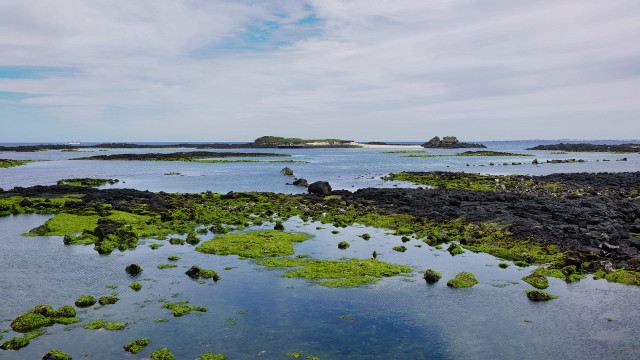


Seaweed farms are touted as sustainable because they don’t need freshwater, require no fertilizer, and grow more quickly than land plants. Cultivating seaweed also doesn’t involve land erosion or deforestation.
Seaweed farms can provide a seasonal alternative to overused, overfished waters, providing more autonomy to choose environmentally friendly practices that don’t threaten communities’ economic safety.
The bottom line: Macroalgae is a sustainable crop with the potential to mitigate climate change. It can be used for:
- Substantial biosequestration of carbon dioxide
- Nutrient reduction of pollutants like nitrogen and phosphorus
- Increased habitat for aquatic life
- Reductions in local ocean acidification
Read more:
- Coral Bleaching: Why Reefs Are Dying – and How to Help
- These 7 Surprising Items Release Microplastics into the Ocean
- Plastic Pollution in the Ocean: What Can I Do About It?
Do you like this post?






